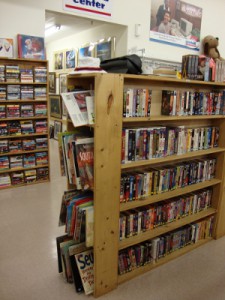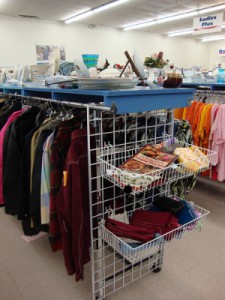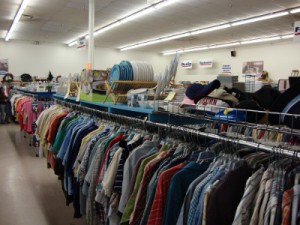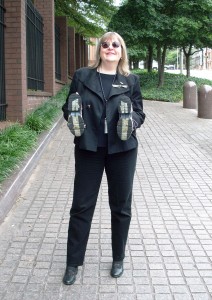Truly, one of the better reasons to still be hanging around in Meta space is to be reminded that 13 years ago, during our first unemployment tour, we stuck it out and trekked down to the sunshine state for a third time to finally see the spectacle of a night time Space Shuttle Launch. It was expected to be the last one, but I think one or two others got shifted to night launches before the program ended.
We made two previous attempts without seeing the launch, both were pretty special for other reasons. For one trip we joined a tour with A Day Away (check out those bioluminescent tours too) and thought we’d see the launch from the end of Haullover Canal, but that tour shifted into an alternatively awesome dawn manatee trip when the launch didn’t take place.
Making the third and last attempt was a hard decision. As much as we were ready for a road trip, we really didn’t want to spend the money, especially not for another fail. There was a recession and unemployment was high. We didn’t know how long our place among the unemployed would last. We had the time, but could we afford to spend the money? That was anybody’s guess.
We decided to go, but not to book another kayak tour. It was awesome paddling around in the dark with strangers anticipating the ultimate viewing experience, but it wasn’t a first trip or a high end venture we were considering this time. Some locals and their guests waited and watched on decks and balconies, but we were out in a city park with a tent and didn’t expect it to be nearly so cold as it was. Hot cocoa was to die for and that nearby CVS was extraordinarily nice about letting people cue all through the store to use the bathrooms. But then, the personalities who get excited enough to go watch a shuttle launch at 4 AM tend to also be the kind of people who know they’re supposed to flush, wash their hands and buy something while they’re there :).
The actual experience was not at all what I expected. I envisioned a brilliant comet or meteor like arc across a dark sky. We were 7 miles from the launch. I didn’t expect to feel the roar vibrate, or the heat wash over me. The flames lit the whole sky with a gray-yellow light that killed the night. I was partly awestruck, but also remembering a criticism I had herd after the Challenger crash, that there was no reason to use so much power to get the shuttle out of the atmosphere so fast. It was not what I expected, but not a disappointment either, not at all. We were so glad we took the risk and had the experience.
I was thinking about this even before I saw the FB post reminder in February, and now again as I’ve come across this unpublished post. Here we are looking at another decision, wanting to do something, wanting to fully commit to getting the project submitted and weighing the odds. Right now the unemployment rate is just over a third of what it was then. By that indicator alone, employment should be pretty easily replaceable. The odds look good that a quick job search is possible, but, open jobs and jobs people want, jobs that pay the bills without sacrificing health and maybe have some benefits, aren’t necessarily the same jobs. There’s a correction happening, and while the unemployment rate is low, Russ isn’t alone in being laid off. There have been some very large, very public layoffs. We’re also 13 years closer to retirement than we were last time, and still just as utterly unprepared now as we were then.
Two roads diverged… It looks like we’re going for it this time too, we keep on deciding not to give up the project, even though it seems like insanity to keep backing up and drawing another deadline in the sand. We’ve put more time and effort in to our prep than we ever expected the entire project to take. On good days I can say that the level of fitness I currently have makes it personally worth while, whether the project ever becomes something to help others or not.
On bad days, I know that financially, I’d be better off if I had spent the free time I have in minimum wage drudge work (if my psyche survived that). Russ does not feel or remember the sting of targets missed the way I do. Right now it feels like I’ve been repeatedly deciding to commit to something that isn’t moving forward. There is a light at the end of the tunnel, but I really wish I knew which end of that tunnel I should be running toward.
Eventually we’ll be looking back on now and weighing the results of our choices and performance. We always seem to take the path less traveled, perhaps this one too will make all the difference, perhaps it will also be the difference we’re hoping for.






